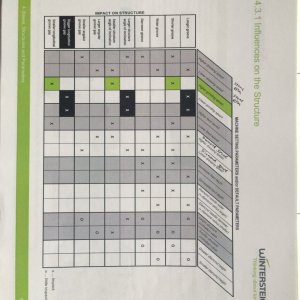- Joined
- Nov 12, 2015
- Posts
- 6,329
@GregK Thanks for the illuminating answer - somewhat more reassuring than "just trust your shop it'll be great".
So at 250 passes for a base and lets assume a structure is at least 2 passes if my base is 2mm thick I'm 2000/125=16 microns deep on each structure. If a human hair is 75 microns feels I'm out somwhere here on the maths as a structure is intuitively ast least 100 microns deep.
What am I missing or are these structures really that shallow?
So at 250 passes for a base and lets assume a structure is at least 2 passes if my base is 2mm thick I'm 2000/125=16 microns deep on each structure. If a human hair is 75 microns feels I'm out somwhere here on the maths as a structure is intuitively ast least 100 microns deep.
What am I missing or are these structures really that shallow?


